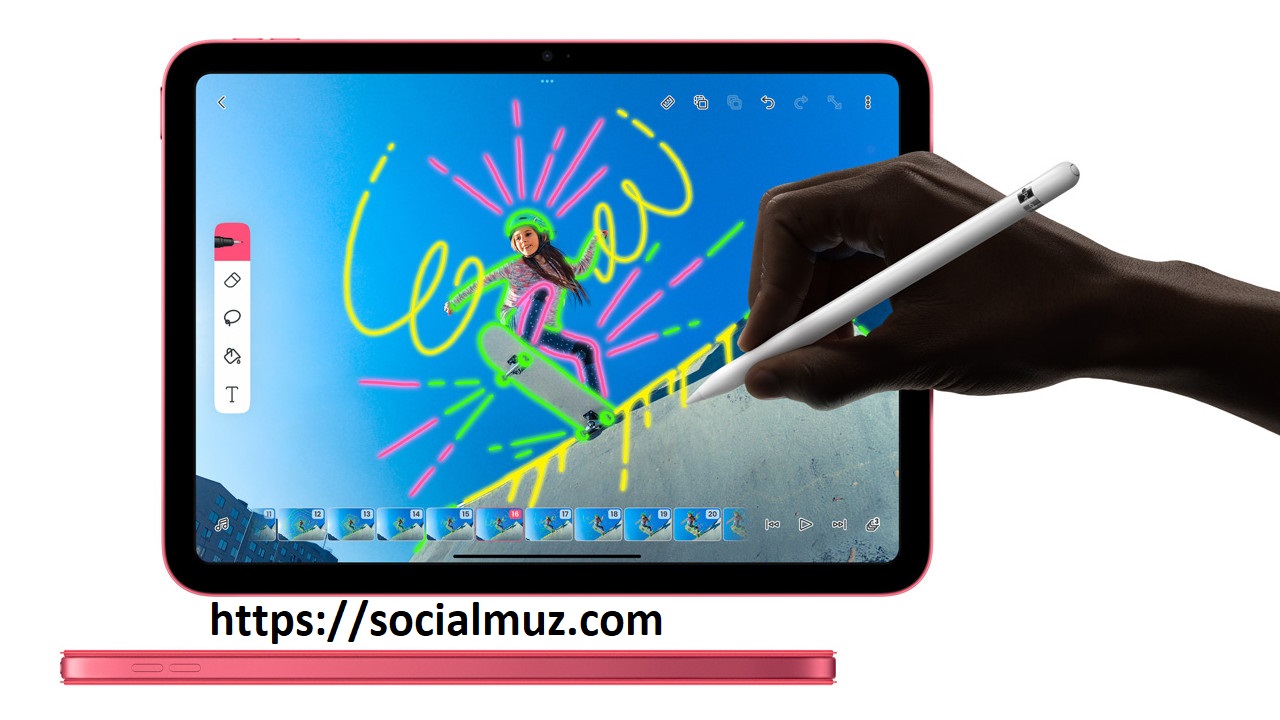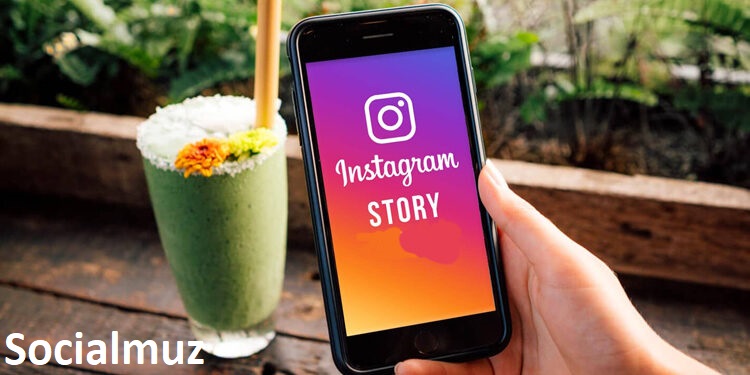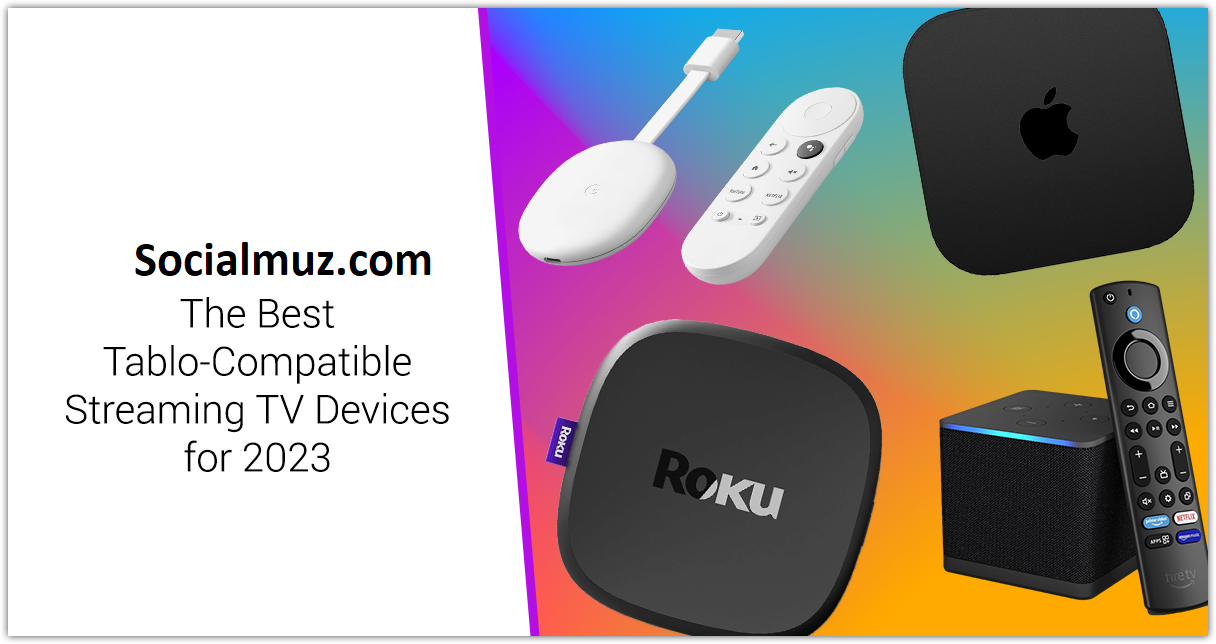The Importance of Online Document Verification in Digitization
Online document verification is an essential aspect of digitization, which allows businesses and individuals to authenticate and verify digital documents. With the increasing reliance on digital documents and online transactions, it’s essential to have reliable methods to verify the authenticity of documents to prevent fraud and ensure security.
Methods of Verifying Documents
One of the most common methods of online document verification is using digital signatures. A digital signature is a cryptographic method that ensures the authenticity and integrity of a digital document. The digital signature is generated using a private key and can only be verified using a public key. This ensures that the document has not been tampered with and was signed by the intended party.
Biometric Authentication for Online Document Authentication
Another method of online document verification process using biometric authentication. Biometric authentication uses a person’s unique physical characteristics, such as fingerprints, iris scans, or facial recognition, to verify their identity. This can be used to verify the identity of individuals when they submit digital documents online.
Artificial Intelligence and Machine Learning for Online Document Verification Services
Some online document verification process use artificial intelligence and machine learning algorithms to analyze and verify documents. These algorithms can identify fraudulent documents or discrepancies in the information provided, allowing for more accurate verification.
Overall, online document verification is crucial in the digitization of documents and transactions, and businesses and individuals should ensure that they have reliable methods to verify the authenticity of digital documents.
Creative Uses of Data in Various Industries
Predictive analytics for personalized recommendations
Using predictive analytics, companies can analyze data to make personalized recommendations to their customers. For example, Netflix uses data on users’ viewing history to recommend movies and TV shows they may be interested in.
Data-driven storytelling
Data can be used to tell a story in a creative and engaging way. For example, The New York Times created an interactive data visualization of Olympic medalists to show the dominance of certain countries over time.
Virtual reality data visualization
Virtual reality technology can be used to visualize complex data in an immersive and interactive way. For example, NASA uses virtual reality to help scientists and engineers visualize complex data sets from space missions.
Smart city planning
Cities can use data to optimize traffic flow, reduce energy consumption, and improve overall quality of life for their citizens. For example, Barcelona uses data to optimize traffic flow and reduce pollution.
Data art
Data can be used to create beautiful and thought-provoking works of art. For example, artist Jer Thorp created a series of sculptures based on data about the global economy, showing the interconnectedness of different countries and industries.
Biometric data for personalized experiences
Biometric data such as facial recognition or heart rate can be used to personalize experiences. For example, Walt Disney World uses biometric data to create personalized experiences for visitors, such as customized greetings from characters.
Predictive maintenance in manufacturing
Predictive analytics can be used to predict when equipment is likely to fail, allowing for preventative maintenance and reducing downtime. This can save companies money and increase productivity.
Social media sentiment analysis
Companies can use data from social media to analyze customer sentiment and respond to feedback in real-time. For example, airlines use social media sentiment analysis to respond to customer complaints and improve customer satisfaction.
Environmental monitoring
Data can be used to monitor the environment and track changes over time. For example, scientists use satellite data to monitor changes in the Arctic sea ice and predict future changes.
Data-driven decision making
Data can be used to make informed decisions in business, politics, and other areas. For example, political campaigns use data to target their messaging to specific demographics and maximize their chances of winning
Conclusion
Online document verification is a critical aspect of digitization that helps businesses or individuals authenticate and digital document verification. Digital signatures, biometric authentication, and artificial intelligence and machine learning are some of the methods used to ensure the authenticity and integrity of digital documents. With the increasing reliance on digital documents and online transactions, it’s essential to have reliable methods to prevent fraud and ensure security. Furthermore, data can be used creatively in various industries, such as personalized recommendations, virtual reality data visualization, smart city planning, data art, and predictive maintenance in manufacturing. By leveraging data in innovative ways, businesses and organizations can make informed decisions, improve customer experiences, and optimize operations for greater efficiency and sustainability






